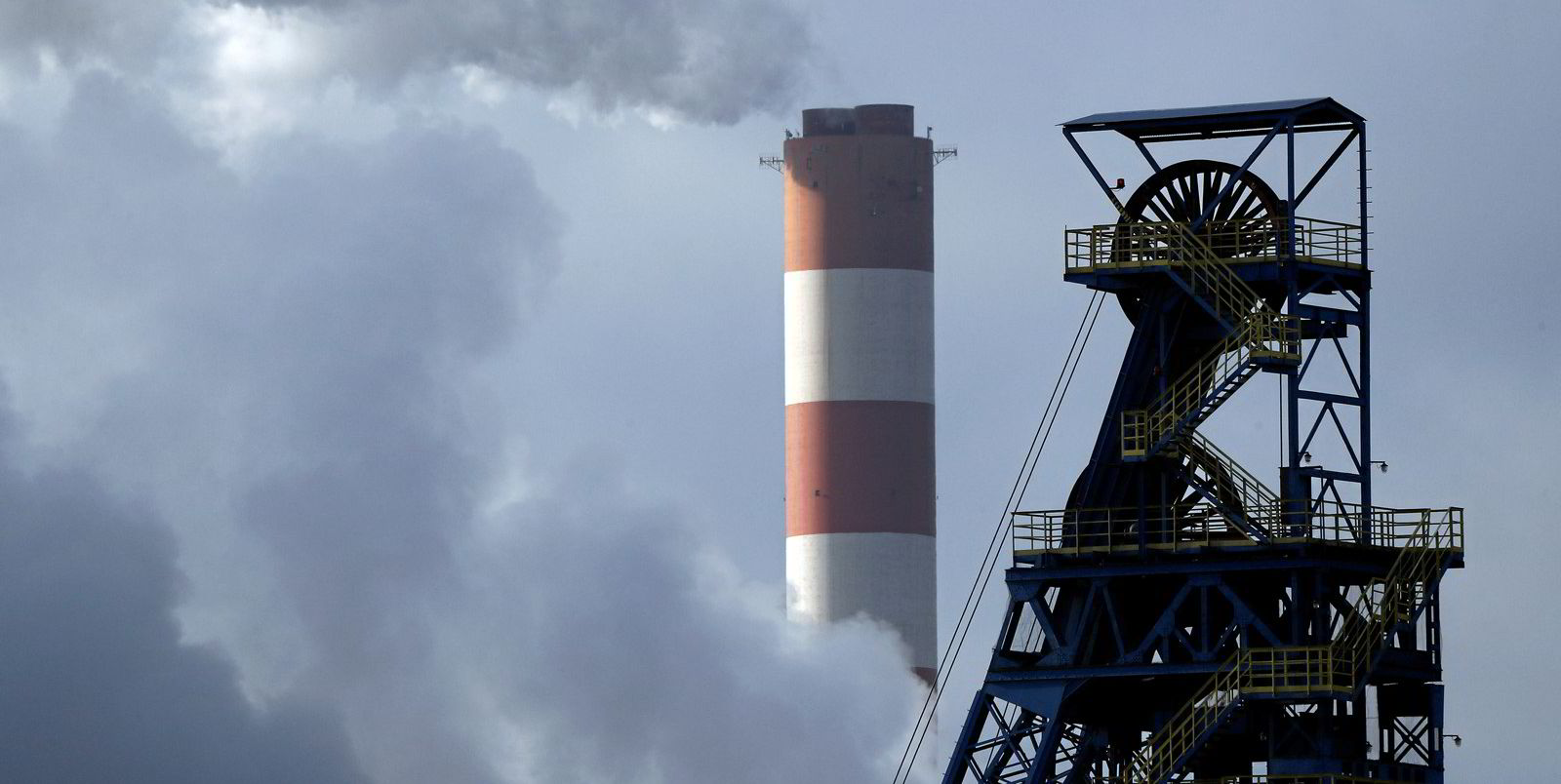Despite officially cautious positions by governments, the potential for growth in renewable power through 2030 is significant in the Eastern European traditional heartlands of coal, IHS Markit said.
The analysts expect about 8.3GW of renewable capacity to be tendered off in Croatia, Hungary and Poland alone over the next 18 months, with Poland seen auctioning off the largest chunk of that, or 6.5GW.
“Even Poland - where the government has so far held off from agreeing to the EU's 2050 net-zero target - activity in the power sector itself gives cause for optimism,” IHS Markit wrote.
To meet a 32% renewables in final power demand target by 2030, Poland plans to add 3.6-5.6GW of PV, 2-3GW of onshore wind, and 5.9GW of offshore wind.
IHS Markit expects all of those targets to be met, with the exception of wind at sea, where the analysts see a lower volume of 4.2GW installed off Poland in 2030. That volume is likely to rise to 8.3GW in 2035, and 12.3GW in 2040, though.
Reasons for the robust growth outlook are a high participation in auctions during the past two years, with power being contracted at levels below market prices, redoubled efforts to reach 2030 targets (after Poland will likely fail them for 2020), and major utilities such as PGE having announced renewables strategies.
“It is clear that coal generation will eventually be comparatively too expensive,” IHS Markit reckons.
Hungary, Bulgaria, Romania
The situation in Hungary as far as policy is concerned is seen as somewhat similar.
While the government last year reacted with caution to the EU’s proposed Green Deal, the Hungarian parliament by mid-2020 had passed a net-zero target for 2050 into national law.
A solar boom with a record 1GW of PV added in 2019, and further auctions scheduled, will help.
Countries such as Bulgaria and Romania have draft plans to launch competitive auctions in the next few years, the analysts added, but these countries already met their 2020 targets ahead of schedule, thanks to a combination of hydropower in the mix and biomass used for heating.



